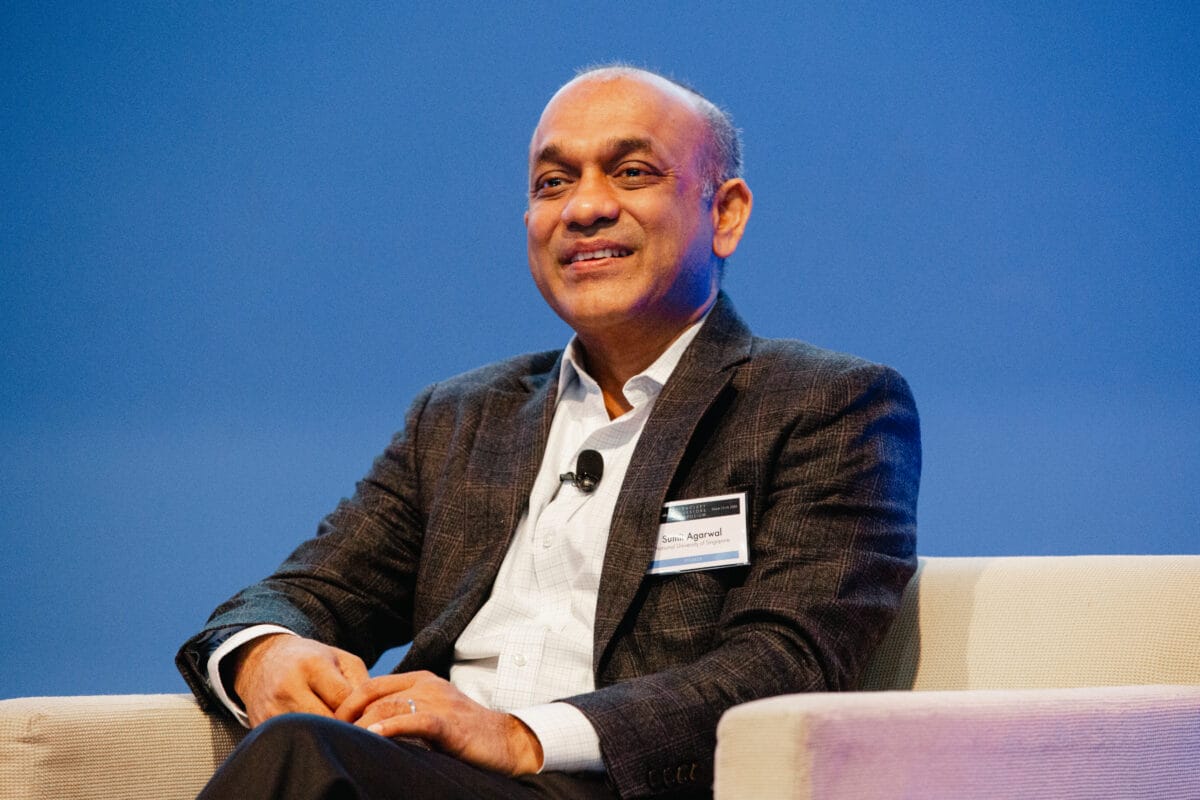Leading sustainable finance researcher has urged global investors to maintain a critical mindset when approaching an asset class’s green certification, saying that buying into sustainability claims blindly can undermine both the investment’s returns and the ultimate societal goal associated with it.
Sumit Agarwal, Low Tuck Kwong Distinguished Professor and managing director of the Sustainable and Green Finance Institute at National University of Singapore (NUS), said while investors are keen to put money behind responsible assets, most know little about the implications of green certification. And real estate is one asset class at the epicenter of this problem.
With a research interest in household sustainability, Agarwal led a study which examined the water consumption data for every apartment and commercial unit in Singapore between 2011 and 2020. His team also garnered the electricity consumption data for most residential buildings in Singapore.
Around 55 per cent of Singapore’s buildings are certified under the nation’s Green Mark (GM) scheme – a rating system designed to evaluate a building’s environmental impact and performance – and the target is to increase that to 80 per cent by 2030.
However, Agarwal’s team found that, worryingly, the household utility consumption level actually increases 3.3 per cent after the building’s green certification. He told Top1000funds.com’s Fiduciary Investors Symposium that the phenomenon could be caused by a wealth effect.
“What is driving the result is because after the building goes through this Green Mark certification process… the unit apartment price goes up by on average 2 per cent.” he told the delegates in Singapore.
And because renters don’t benefit from the property price increase, their energy consumption does not increase like homeowners in these buildings.
This discrepancy between the GM’s intended usage and its actual implications can lead to unintentional greenwashing for investments, Agarwal said.
“Unless we fix this kind of loophole, we are actually misleading the investors, and we’re misleading the regulators in the value of this Green Mark certification process,” he said.
“When we uncover this kind of problems – unless we address them – these assets will be valued down.”
He added that the broader Asian region has much more work to do on the standardization and awareness of sustainable investments compared to Europe and North America.
For example, as of March 2023, there are over 5391 investors and service providers globally that have signed up as UN PRI Signatories – a pledge for organizations to publicly demonstrate their commitment to responsible investments.
Among them, 1076 are US signatories and 858 are from the UK, while China only has 136 signatories, 123 in Japan, and 262 in the rest of Asia. This is not to mention the absence of countries such as India and Indonesia, Agarwal said.
“One reason is most of these countries don’t even want to address this [problem]. If you ask where India is on net zero, India says we will only try to address that by 2070. If you ask China, they will say 2060, while countries like Japan and Korea are saying 2050,” he said.
“There is huge variation in Asia on what countries put their priorities on. Because they are saying it’s not lives, but livelihood, that we care about right now.
“Livelihood is more important right now for us to grow – to reach that point where we can think about sustainability as a key focus.”
Regarding suggestions that wealthier countries may have to subsidize developing regions when it comes to solving climate change issues, Agarwal said organizations such as the World Bank’s International Finance Corporation are already working with the private sector to develop bonds used to finance relevant areas. But there are also risks in this solution.
“Think about Indonesia – the country has relied quite a lot on coal. These coal contracts have been written for the next 30, 40 years and these assets will be stranded if we don’t finance them.
“People have not been thinking about the legal actions the owners of these mines will take against the country and against the financial institutions if you strand these assets.
“We have to be mindful of the legal aspect when we’re pushing [the subsidy] hard.”



